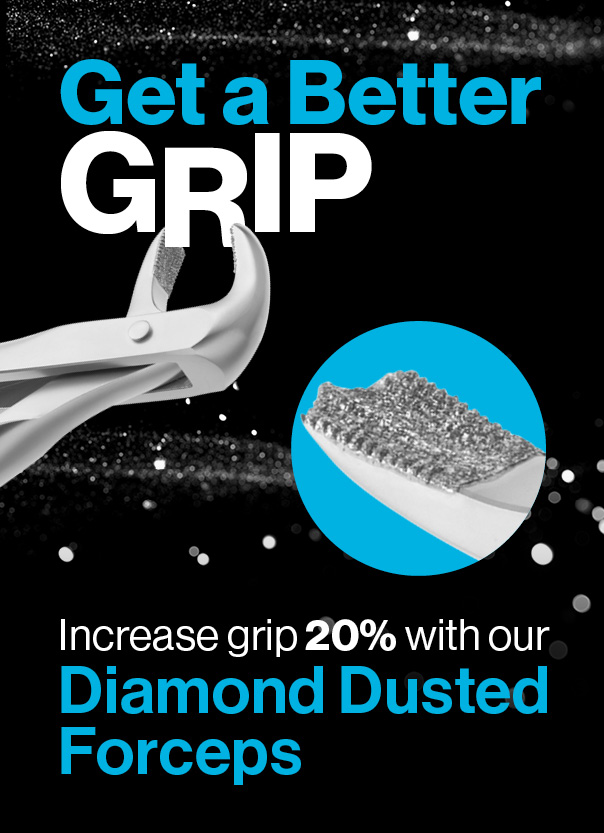Blog
The Truth about Pediatric Crowns

Why primary teeth need the best restorative option available
Tooth decay is the single most common childhood chronic disease according to the American Academy of Pediatric Dentistry. In fact, the CDC states 1 in 5 children between the age of 5 and 11 have at least one untreated decayed tooth, and more than 40% of children will have dental cavities by the time they reach kindergarten.
Although most clinicians will agree that tooth decay in children is a problem, treating the issue can be sticky. Especially when it comes to the use of pediatric crowns.
There are a number of benefits to using crowns as part of the restoration process for pediatric patients. That said, there are also a number of misconceptions about pediatric crowns as well.
Myth #1: Baby Teeth Aren’t Worth Saving
The enamel on deciduous teeth is thinner than permanent teeth, and decay can spread rapidly between teeth. Pedo crowns are functional and necessary for preserving what’s left of decaying baby teeth.
Should a tooth from a pediatric patient need to be pulled, it’s likely that neighboring teeth will crowd into the space, leaving less room for permanent teeth to come through appropriately. Removal of a tooth can also impact how well the patient is able to chew in the long-term. To prevent massive malocclusions down the road, primary molar crowns maintain the space and promote functional occlusion.
Hu-Friedy believes providers servicing the pediatric population deserve a choice when it comes to crown selection. Providers also want to work with a company that has extensive knowledge in metallurgy and stainless steel and that keenly understands the challenges practitioners in the pediatric space face.
“We exclusively use Hu-Friedy Pedo Crowns for upper first molars,” says Dr. S. Michael Bozard, “because we find the anatomy to be much more accurate than competitors, resulting in less time required and a better clinical result.”
Myth #2: All Crowns Are Created Equal
The pediatric population is a very special type of patient set. They typically struggle to sit still for a long time unaided, they can be more vocal about their fears, and they often have less ability to power through any small discomforts. Because of this, crowns for these patients need to be designed with particular care.
Hu-Friedy’s Pedo Crowns were specifically created to deliver consistent, accurate, and predictable clinical outcomes in these challenging pediatric situations, so providers can be more efficient with their time and help antsy patients get through the procedure quickly.
 How are Hu-Friedy’s Pedo Crowns different?
How are Hu-Friedy’s Pedo Crowns different?
- Often, practitioners must place more than one crown at a time. The Pedo Crown’s narrower mesial-distal maxillary first molar width enables quicker adjacent crown placement when working in tight spaces.
- Hu-Friedy stainless steel Pedo Crowns are pre-trimmed, crimped, and contoured. This reduces or even eliminates the need to make adjustments to the crown, which in turn saves precious time chairside.
- With optimal occlusal thickness and accurate occlusal anatomy, Pedo Crowns more closely mimic the natural tooth and offer superior resilience to abrasion and perforation.
Take it from Josh Wren, DMD. “Hu-Friedy has the best pediatric stainless steel crowns on the market – from the size and shape to the strength and durability,” he says. “Since switching to Hu-Friedy over two years ago, I have noticed a remarkable difference in chair time. There are much fewer adjustments/manipulations required for Hu-Friedy’s crowns.”
Stainless steel primary molar crowns are an integral part of a practice’s overall restorative dental solutions for pediatrics. Practices may also want to consider other Hu-Friedy products as well, such as crimping pliers, contouring pliers, pediatric scissors, and crown removers.
Learn more about Hu-Friedy’s pediatric crowns and complementary products.
Featured Key Opinion Leader

Josh Wren, DMD received his undergraduate B.A. degree in Biology from the University of Mississippi and his Doctor of Dental Medicine degree from the University of Mississippi Medical Center School of Dentistry. He then completed the Pediatric Dentistry residency program at the University of Kentucky College of Dentistry, where he obtained his Specialty Certificate in Pediatric Dentistry. His passion is providing the most positive dental experience for children. He is a board certified pediatric dentist who also enjoys educating other dental professionals in all topics of pediatric dentistry.

